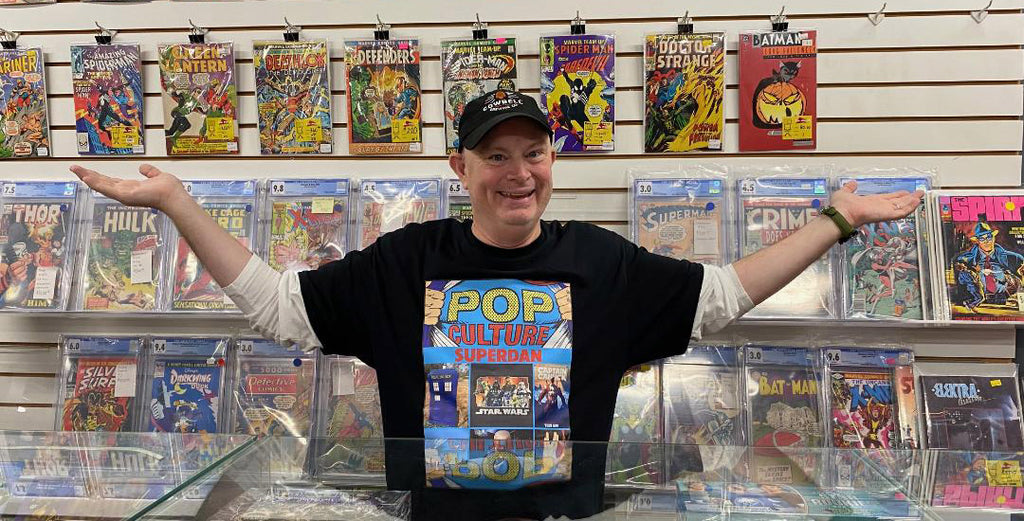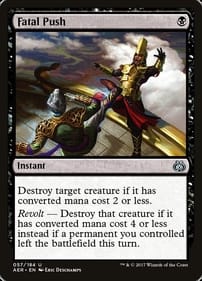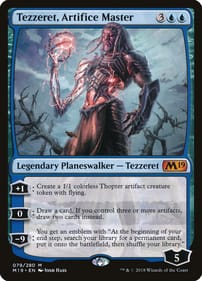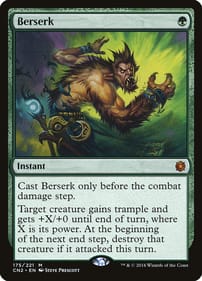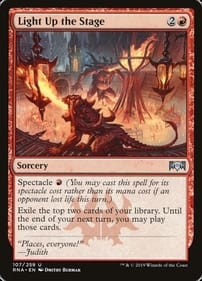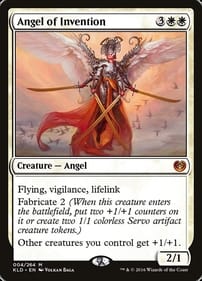The Next Big Marvel Fad Is Here
By Dan BrownI’m not one to say comics were better when I was a boy – they weren’t better, they were just different.That said, I do miss the desperate attempts by the editors at Marvel Comics to cash in on the latest trend, whether it be kung fu or black power or disco music.I miss the slapdash efforts to tap into the collective consciousness from the folks at the House of Ideas whenever the Next Big Thing came along in the 1970s and early 1980s.You don’t see that much in today’s comics.What I’m talking about are the weird, wonderful books like Marvel Premiere No. 50, which came out in 1979 and featured shock rocker Alice Cooper.That’s right: Along with Captain America, Spider-Man and the rest, the then-edgy Alice Cooper was once a Marvel protagonist.You can imagine the wishful thinking: Cooper was selling a pile of albums and had generated a lot of buzz with his at-the-time outrageous stage shows, so the brain trust running the firm likely figured gangbuster sales would follow if they slapped Alice’s name on a comic. That may also be why comics and characters prompted by popular trends were mostly half-ass affairs.The creative team had to get them onto stands quickly, since by the time retailers reported sales figures back, the newest mania could be over.Nor was Cooper the first musician to appear in the pages of a Marvel adventure: Gene Simmons and the guys from KISS likewise showed up in the magazine-size publication Marvel Super Special No. 1, which landed in 1977.But the ultimate example of cashing in on a musical craze had to be Dazzler, the mutant who had the powers of . . . a disco ball. She first appeared in 1980’s Uncanny X-Men No. 130. You won’t be surprised to learn the mutant superhero team discovered her in a chic New York nightclub a la Studio 54. Having her debut in the pages of one of the brand’s most popular titles didn’t hurt, and the character went on to have a comic of her own for five years, thus outliving the music genre that spawned her.If it was hot, Marvel tried to jump on it. When martial-arts films featuring Bruce Lee drew audiences to movie theatres, the company responded with heroes Shang-Chi and Iron Fist, who chopped with their hands and kicked with their feet. Giving a new character the unsubtle name Power Man, as well as promoting Black Panther to headline his own series, were part of Marvel’s play for black readers. With real-life daredevil Evel Knevel generating headlines in the 1970s, the storied company answered with a stuntman of their own, the Human Fly. Shogun Warriors was aimed at fans of giant Japanese robots.When the Marvel team couldn’t secure the rights to The Lord of the Rings, they created their own fantasy world in Warriors of the Shadow Realm. Heck, Spider-Man even joined forces with the original cast of Saturday Night Live in Marvel Team-Up No. 74 in 1978. And it got sillier. In 1982, the latest to become a Marvel superhero was . . . the Pope. John Paul II made his comic debut in a biographical issue called The life of Pope John Paul II. “The entire story!” the cover blared. “From his childhood in Poland to the assassination attempt!” I’m sure kids everywhere were thrilled.Of course, if you do enough of these fad-based comics, eventually one will catch fire. And that’s just what happened in the mid-1970s when Marvel got the rights to a virtually unknown sci-fi property called Star Wars.It was arguably the smartest move in Marvel history, because the title became a massive seller. There were millions upon millions of us hungering for Star Wars content, of which there was little apart from Alan Dean Foster’s Splinter of the Mind’s Eye novel and Brian Daley’s Han Solo trilogy. Smarter people than me have argued how, without the Star Wars licence, the company might not have survived into the 1980s.I guess you could say there is one fad that Marvel editors have been trying to milk for the last 20 years, which is the popularity of the movies and TV shows based on Marvel characters. They’ve taken a hero like Samuel L. Jackon’s Nick Fury from the movies and projected him into their comics, erasing the original cigar-chomping Second World War stalwart.But apart from driving up the price of back issues, I’m not sure big-screen adaptations have done much for the sales of the comics themselves, which is both odd and sad.Dan Brown has covered pop culture for more than 30 years as a journalist and also moderates L.A. Mood’s monthly graphic-novel group.


